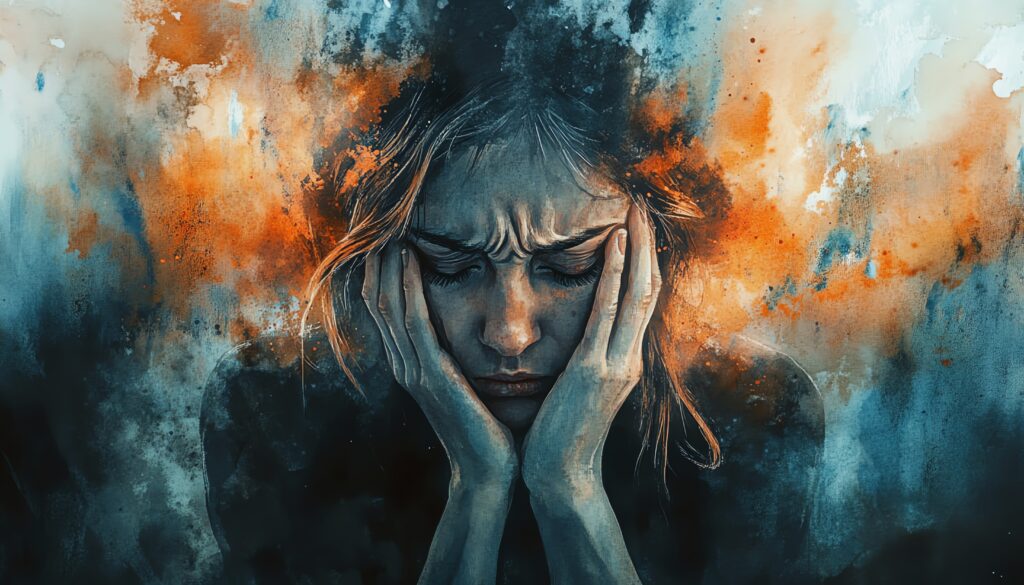It can be difficult to know when we should seek support for ourselves when it comes to our mental health. I believe that no matter where we are in our lives, each one of us can benefit from working with a therapist. For a very long time there was a stigma attached to seeking mental health support but the times sure are changing! It seems like many conversations have a nonchalant comment that includes a statement that starts with “my therapist said….”. It is finally being normalized and more people than ever are seeking the support of therapy. Psychotherapy can be daunting to individuals that have never been and therefore aren’t sure what to expect from the process. Some questions that might come to mind might be:
- Will I open up a container of emotions that I cannot close?
- Will I make my problems bigger by bringing them to the surface?
- Will my therapist think I’m crazy?
- Is my problem too big for therapy?
- Is my problem too small for therapy?
Let me go ahead and answer all of those questions right now……no
What is it like to be in therapy?
Therapy is a judgement free zone where you can air out and work through obstacles and experiences with the support of a professional. How often do we get the opportunity to share details of our lives with someone who has unconditional positive regard for us and listens so deeply to every word we speak? This aspect itself can be so healing. Therapy allows for you to walk your path with a supportive professional so that you don’t have to walk it alone. One of my professors in Grad school used to say “people can find the door in a dark and cluttered room on their own. It may take a while, but they can find it if they want to. A therapist turns on the light for them.”
A mixture of structure and flexibility
There are many different types of treatment that can be used to remove obstacles and achieve goals. Each one brings with it its own benefits for specific symptoms or situations. It can be easy to get swept up in a treatment approach that is so structured that it doesn’t allow for the client to be fluid and take therapy in the direction that THEY want to go in.
I believe that therapy works best when we have a balance of structure and flexibility. Now I don’t want to keep my clients bumping into the mess of the cluttered room without putting my hand out for guidance. If it feels important to look through the obstacle and unpack it before moving forward then that is just what we will do…..together. The light is now on so why not have a look? This is what client led therapy looks like. Sometimes if the structure of treatment is too rigid we can miss important things along the way. If I just turn the light on and pull you straight to the door, not allowing for you to glance around at the obstacles, how will you ever find the door through those obstacles when I’m not there? To me successful therapy means gaining the insight and skills to be able to turn on that light in the dark room, have a look around, work through the obstacles, and begin to see your way out on your own. In between sessions you will be able to use the skills and insight that we have developed together to manage these obstacles and get closer to where you want to be. Let’s flip that switch and start the journey to a happier and more fulfilled life!
If you would like to learn more please visit or contact me at GoodTherapySanDiego








